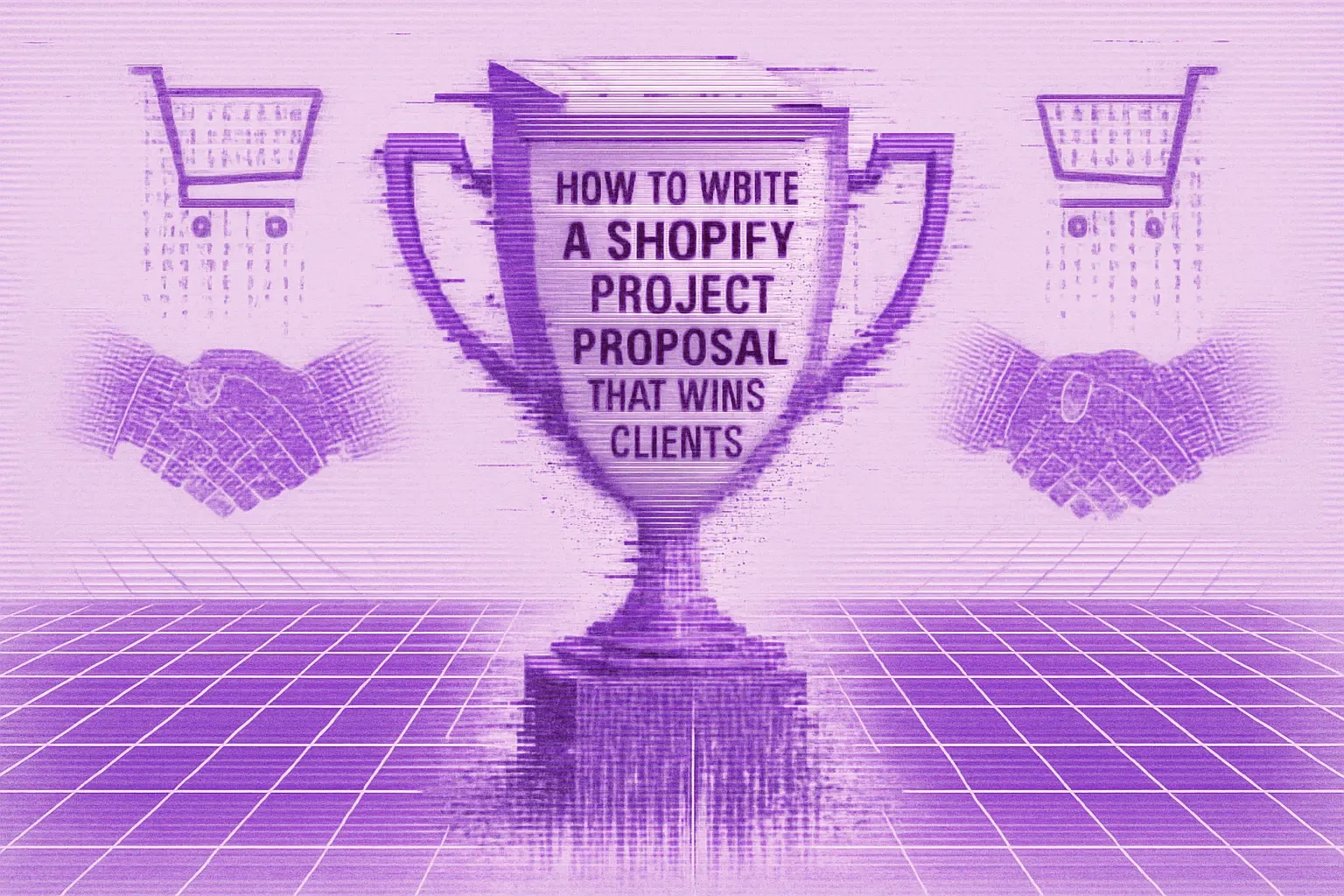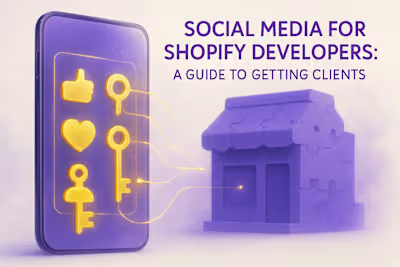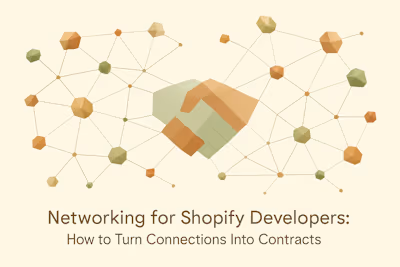How to Write a Shopify Project Proposal That Wins Clients

How to Write a Shopify Project Proposal That Wins Clients
The Discovery Phase: What to Do Before You Write a Single Word
Key Questions to Ask a Potential Client
Understanding the 'Why' Behind the Project
The Anatomy of a Winning Proposal
The Introduction: Grab Their Attention
The Problem Statement: Show You Understand Their Pain
The Proposed Solution: Detail Your Approach
Scope of Work: What's Included (and What's Not)
Detailing Timelines and Deliverables
Breaking Down the Project into Milestones
Creating a Realistic Timeline
Presenting the Investment: How to Price Your Services
Choosing a Pricing Model: Project-Based vs. Hourly
Clearly Presenting the Costs and Payment Terms
Building Trust: Social Proof and Next Steps
Showcasing Testimonials and Case Studies
The Call to Action (CTA)
Conclusion
References
How to Write a Shopify Project Proposal That Wins Clients
The Discovery Phase: What to Do Before You Write a Single Word
Key Questions to Ask a Potential Client
Understanding the 'Why' Behind the Project
The Anatomy of a Winning Proposal
The Introduction: Grab Their Attention
The Problem Statement: Show You Understand Their Pain
The Proposed Solution: Detail Your Approach
Scope of Work: What's Included (and What's Not)
Detailing Timelines and Deliverables
Breaking Down the Project into Milestones
Creating a Realistic Timeline
Presenting the Investment: How to Price Your Services
Choosing a Pricing Model: Project-Based vs. Hourly
Clearly Presenting the Costs and Payment Terms
Building Trust: Social Proof and Next Steps
Showcasing Testimonials and Case Studies
The Call to Action (CTA)
Conclusion
References
Posted Jul 4, 2025
Stop sending generic quotes. Learn how to write a compelling Shopify project proposal that addresses client needs, showcases your value, and closes the deal.









